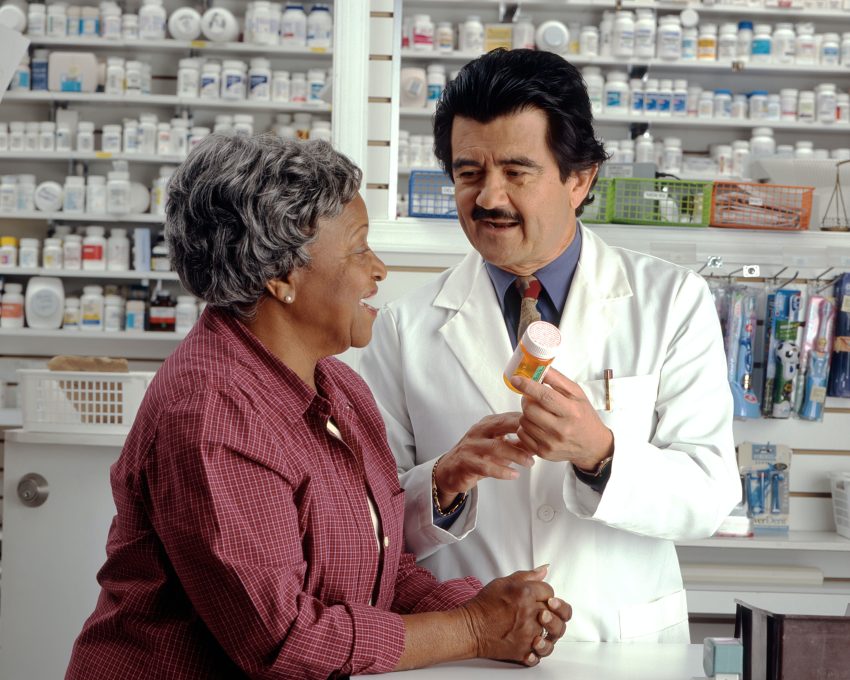Have you called your primary care provider lately asking for an appointment? If so it was probably farther away than you had hoped. The national average wait to see a physician is 26 days. Once you see your doctor he or she is probably cordial but somewhat hurried. The average doctor-patient encounter lasts from 10 to 15 minutes, but that figure is probably skewed by Medicare patients who require longer appointments than average. There is a significant shortage of physicians.
According to new data published today by the AAMC (Association of American Medical Colleges), the United States could see an estimated shortage of between 37,800 and 124,000 physicians by 2034, including shortfalls in both primary and specialty care.
The shortage of physicians is due to policy initiatives pushed by the American Medical Association (AMA). The Flexner Report, supported by the AMA, closed nearly half of medical schools in the first few years of the 20th Century. At the same time the AMA controlled physician licensing and state medical boards, allowing the physician trade guild to use its power to weed out competition. In the last decade of the 20th Century the AMA convinced Congress that there was going to be a glut of physicians and lobbied to cap residency programs to 1996 levels. As a result, in some years there are up to 10,000 medical school graduates who do not match to a graduate training program. Most will never be allowed to practice medicine in the United States.
The AMA has a long history of opposing initiatives to let other medical professionals take some of the load off overworked physicians, stating:
Patients deserve care led by physicians—the most highly educated, trained and skilled health care professionals. Through research, advocacy and education, the AMA vigorously defends the practice of medicine against scope of practice expansions by nonphysicians that threaten patient safety.
For over 30 years, the AMA’s state and federal advocacy efforts have safeguarded the practice of medicine by supporting physician-led care and opposing attempts by nonphysicians to inappropriately expand their scope of practice.
It should come as no surprise that the AMA is now advising Congress [d]on’t expand scope of practice for already overworked pharmacists, saying:
The bill is H.R. 1770, the “Equitable Community Access to Pharmacist Services Act,” which would allow pharmacists to test and treat patients for COVID-19, respiratory syncytial virus (RSV), influenza and potential future illnesses related to a public health emergency. It would also expand Medicare payment for pharmacists.
The AMA opposed (PDF) legislation with the same title in the last session of Congress and, despite the modifications to the version introduced in the 118th Congress, the bill still expands pharmacists’ scope of practice in a manner that threatens patient safety.
Threatens patient safety? Seriously? Let’s say you wake up feeling lethargic, congested and have a scratchy throat. You swing by the local CVS or Walgreens pharmacy and buy a Covid-19 rapid test. The test is positive, you have Covid. The AMA is lobbying Congress to prevent the pharmacist at CVS from being authorized to dispense the Covid treatment Paxlovid to you until you’ve made the trek to your doctor. If you’re feeling ill there is a good chance you’re not the only one. The odds are pretty high that your doctor has been receiving calls from other patients with the same symptoms. In other words, don’t count on getting an appointment until you’ve died, been hospitalized or Covid has run its course. This inconvenience to patients is due to AMA’s benevolence. They don’t want you bothering your overworked pharmacist with your pesky Covid problems.
Obviously, the AMA is self-serving. Knowing you have Covid and starting treatment immediately makes a lot of sense from a public health standpoint. Indeed, there is a saying in health policy: pharmacists are the most overeducated, under-utilized medical professionals in health care. Doctors of pharmacy can do much more than merely count pills.
There is an easy way to expand the role of pharmacists and boost access to care. I have long advocated for a third class of drugs called behind-the-counter drugs that can be dispensed by pharmacists without a prescription. In Britain the drug Lovastatin for high cholesterol was approved for behind-the-counter sales. The same drug was rejected by the U.S. Food and Drug Administration for over-the-counter sales on three separate occasions. In Britain someone with high cholesterol can talk to a pharmacist (referred to as a chemist in Britain). If they’re more than 40 years old, have high cholesterol and know to get a periodic liver tests the pharmacist can dispense Lovastatin without a doctor’s prescription. There are numerous other drug therapies that pharmacists could safely work with patients to manage their treatments. A study years ago found pharmacists working with patients could better manage diabetes care, asthma and other chronic conditions.
In the United States there is no drug class between prescription drugs that require a physician and over-the-counter drugs considered safe enough for patients to self-medicate. This is unfortunate. Numerous drugs for numerous conditions are candidates for dispensing by pharmacists without a prescription. Americans are missing out on a convenient resource that could improve access to care and their health.

Don’t things like vaccination and emergency contraception already fall under this category in the U.S.?
They’re not so much a category as an exception (as is Sudafed). I read that nearly half of states allow pharmacists to dispense birth control without a prescription. I’ve also read that the FDA recently addressed the issue of a third class of drugs and rejected it. Congress would probably have to demand it. There is significant opposition to creating a third class of drugs not because it’s a bad idea, but because stakeholders are afraid behind-the-counter would become the de facto OTC with a risk averse FDA.